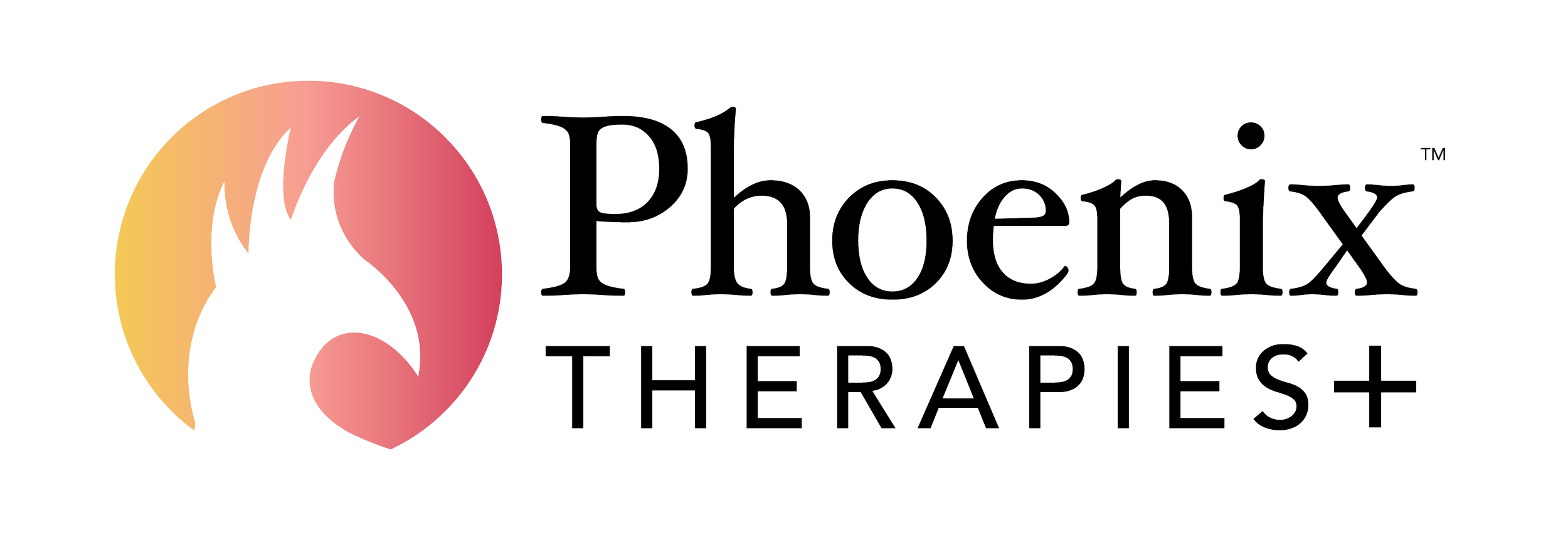SLP
An SLP (Speech Language Pathologist) is a professional who assesses, diagnoses, and treats communication and swallowing disorders.
OT
An OT (Occupational Therapist) is a healthcare professional who uses therapeutic activities to improve a child’s fine motor skills, feeding, sensory processing, and self-care skills.
HSA Card
An HSA (Health Savings Account) card is a debit card that allows you to pay for qualified medical expenses using money you’ve set aside in a Health Savings Account. Most HSA plans allow you to carry funds over from the previous year.
FSA Card
An FSA (Flexible Spending Account) is a debit card that allows you to pay for qualified medical expenses using money set aside in your FSA. you can use the card to pay for eligible expenses like medical equipment, medications, Deductibles, Copays, and Coinsurance. Most FSA plans reset yearly.
IEP
An IEP (Individualized Education Plan) is a legal document outlining specialized education services, goals and supports for a student with disabilities to ensure their academic success. You can have an IEP for speech therapy services in school.
Flex Schedule
A Flex Schedule is a temporary schedule where the clinic will call the client as openings become available in the schedule for preferred times. The client is always welcome to call the clinic to check for openings.
Superbill
A Superbill is a detailed receipt that a healthcare providers gives to a client that lists the services provided and the associated costs. It is used to help clients get reimbursed for services they paid for out-of-pocket. Our Superbill can be found on the Client Portal.
Referral
A Referral is a written request from a pediatrician or primary care doctor to another healthcare provider to see a client for further evaluation, diagnosis or treatment. Referrals are needed for anyone using insurance.
Deductible
A health insurance Deductible is the amount of money you must pay out-of-pocket for covered medical expenses before your insurance plans starts paying.
For Example: If your health insurance has a Deductible of $1,000, you pay the first $1,000 of your medical bills yourself. Once you reach the Deductible, your insurance plan will then cover a portion or all of your medical costs.
Copay
A Copay is a fixed amount that a client pays for a healthcare service, usually when they receive the service. Copays don’t always count towards your Deductible.
For Example: your health insurance plan has a Copay of $15 for speech therapy visits. You go to speech therapy and receive a bill for $80. You pay the $15 Copay to the therapy office, and your insurance plan pays the remaining $65.
Order
An Order is a set of instructions written by a doctor for a client, specifying the care plan for a client, which could include speech therapy or occupational therapy services.
Coinsurance
Coinsurance is the percentage of a covered healthcare service’s cost that you pay after you’ve met your Deductible.
For Example: If your plan’s allowed amount for an office visit is $100 and your Coinsurance is 20%, you pay $20 and your insurance company pays the remaining $80. If you haven’t met your Deductible yet, you pay the full $100.
Diagnosis Code
A Diagnosis Code is a combination of letters and numbers used in healthcare to identify and categorize a specific medical condition, symptom, disease or injury.
Example: F80.81
CPT Code
CPT stands for “Current Procedural Terminology”. This is a numerical code that indicates medical services and procedures. CPT codes are listed on Superbills and claims.
Example: 92507
EOB
EOB stands for “Explanation of Benefits”. It is a document that your health insurance company sends you after paying for a medical service. It is an explanation of how your health plan covers costs and what you’ll owe.
EMR
EMR stands for “Electronic Medical Record”. This is a secure, HIPAA-compliant, digital version of of the paper charts in the clinician’s office. They are used to organize, create, gather, manage, and consult a client’s health information. All healthcare providers who treat the client can access them.
Client Portal
A Client Portal is a secure online platform that allows clients to access their personal health information, medical records, tests results, Superbills and appointment schedules, and allows them to communicate with their healthcare providers through secure messaging.
AAC Device
AAC stands for “Augmentative and Alternative Communication” Device. It is typically a tool in tablet form with specialized software for those who may be challenged conveying messages verbally due to various medical reasons (ex - stroke, ALS, cerebral palsy, autism, etc.). The AAC Device is programmed and training occurs to allow the client to convey their message through the tablet with a voice from the software.
Executive Function Coaching (EFC)
EFC is a specialized support system that helps people improve their cognitive skills and develop strategies to navigate their daily lives.
For Example: Provides support for students and adults who need help with completing tasks fully, handing in assignments or paying bills on time and prioritizing.
Virtual Appointment
A Virtual Appointment is a remote video meeting with a healthcare provider, where you connect with them through a secure HIPAA-compliant video platform instead of visiting them in person in an office or other setting. If you have a Virtual Appointment, the therapy office will email you a custom secure link for you to join the appointment on your laptop or computer.



